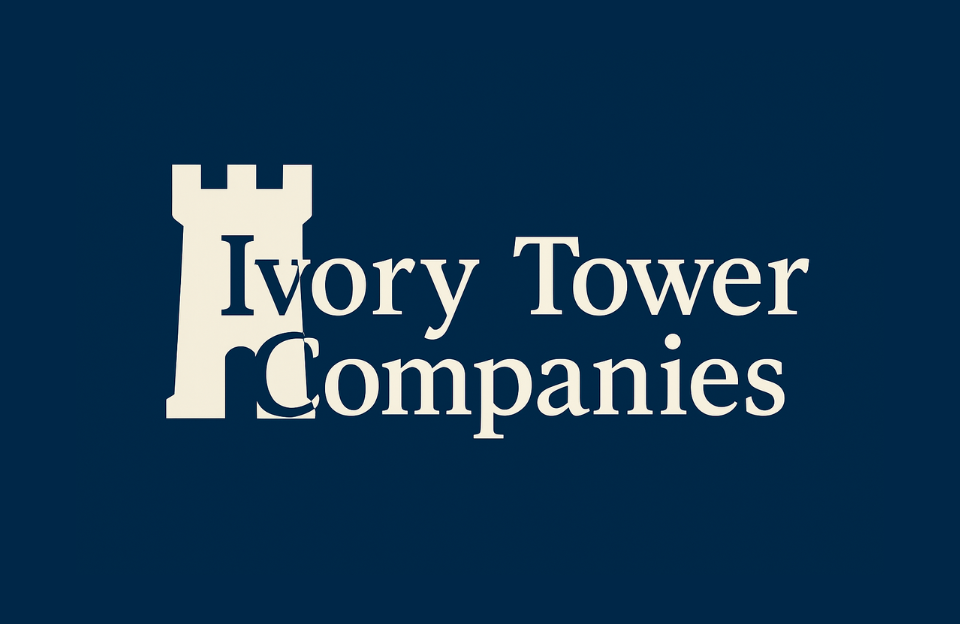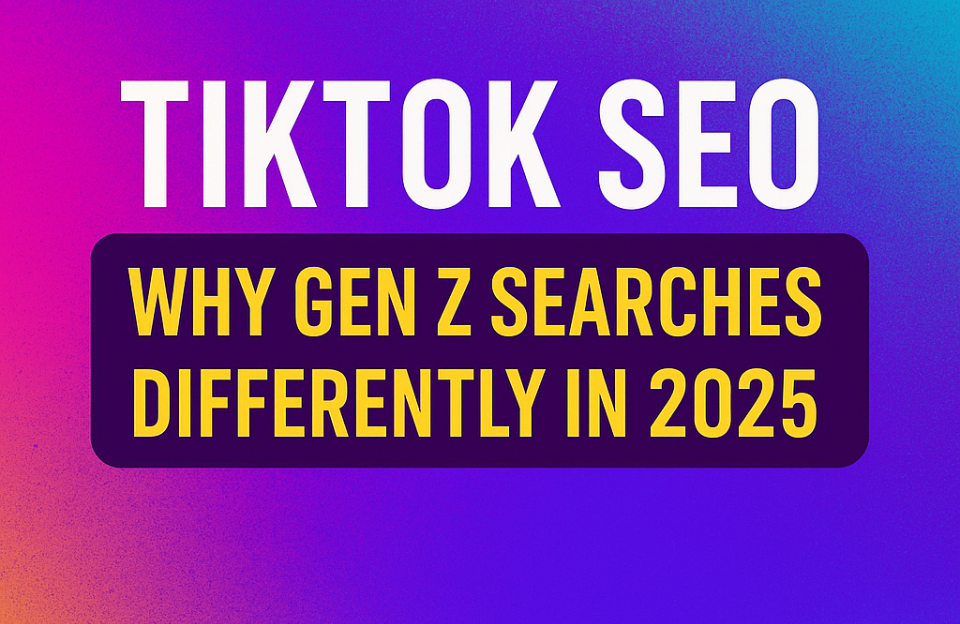In today’s fast-changing business world, internal organization can make or break a company. While some businesses thrive by integrating departments and focusing on the customer, others suffer from outdated, rigid structures. These are known as Ivory Tower Organizations — traditional, hierarchical models where decision-making is centralized, departments work in silos, and customer needs often come last.
This blog explores what defines an Ivory Tower organization, why it fails in modern markets, and how a more marketing-oriented approach offers a way forward.
What Is an Ivory Tower Organization?
The term Ivory Tower originates from academia, where it described intellectual isolation. In business, it refers to companies that are internally focused, top-down, and disconnected from their market.
In these organizations, departments such as product development, finance, operations, and marketing function independently, with little collaboration or shared strategy. Decisions are made by executives who may be far removed from customers or frontline realities.
Characteristics of Ivory Tower Organizations:
- Hierarchical structure: Power and decision-making are concentrated at the top.
- Departmental silos: Teams pursue their own goals without cross-functional alignment.
- Internally driven priorities: Business focuses on products, processes, or legacy systems rather than market needs.
- Limited role of marketing: Marketing is often seen as a communication tool, not a strategic partner.
- Slow to adapt: Changes in the market are acknowledged too late due to lack of customer feedback loops.
Why Ivory Tower Structures Fail
This internal focus leads to multiple problems:
- Poor communication: Departments don’t share data or insights, leading to inefficiencies and misaligned messaging.
- Missed opportunities: Without real-time market input, businesses miss shifts in customer behavior and competitor activity.
- Innovation bottlenecks: Ideas are filtered through layers of management, stifling agility.
- Customer disconnect: Products and services are built around assumptions instead of real customer needs.
Ultimately, companies with Ivory Tower structures may perform well in stable markets, but struggle — or collapse — when the environment shifts.
Real-World Examples of Ivory Tower Failures
Kodak – Invented the Future, Then Ignored It
Kodak is perhaps the most famous example of a company undone by its internal structure. While the company actually invented the first digital camera in 1975, executives buried the innovation to protect their film business. The organization was highly siloed — R&D had little influence over strategic decision-making, and marketing insights were undervalued.
Kodak’s leadership operated in an Ivory Tower, prioritizing internal profits over evolving consumer trends. As digital photography took off, the company failed to adapt, eventually filing for bankruptcy in 2012. The root cause? A rigid, inward-looking organization disconnected from market reality.
Nokia – Too Big to Change
At its peak, Nokia was the world’s largest mobile phone manufacturer. But internal politics, siloed teams, and a fear-based culture prevented the company from responding to the rise of smartphones.
Engineering teams worked separately from software and design. Marketing had little input on product direction. When the iPhone was launched in 2007, Nokia underestimated the threat — in part because decision-makers lacked unified customer insights. The company stuck with its outdated Symbian OS while the rest of the market embraced touchscreens and open ecosystems.
By the time Nokia attempted to reorganize, it was too late. The company was sold to Microsoft in 2014.
BlackBerry – Confidence Without Customer Perspective
BlackBerry dominated the mobile enterprise market but failed to evolve as consumer behavior shifted. Its internal organization was deeply product-centric. Engineering drove development, while marketing and customer research were peripheral.
Instead of integrating customer insights into strategy, BlackBerry clung to its secure messaging platform — ignoring growing demand for apps, media, and user-friendly design. The result was a series of delayed, out-of-touch products that couldn’t compete with iOS and Android devices.
The company’s refusal to restructure its internal organization around the customer led to a dramatic fall from relevance.
Ivory Tower vs. Marketing-Oriented Organization
To fully understand the limitations of Ivory Tower structures, it’s important to contrast them with their opposite: marketing-oriented organizations. These companies organize internally around the customer, not around hierarchy, legacy processes, or internal politics.
| Ivory Tower Organization | Marketing-Oriented Organization |
|---|---|
| Hierarchical, top-down structure | Cross-functional, collaborative structure |
| Departments operate in silos | Teams are integrated across functions |
| Internally focused (products, profit) | Externally focused (customer needs, trends) |
| Marketing is peripheral or reactive | Marketing is strategic and central |
| Decisions based on internal assumptions | Decisions driven by real-time customer data |
| Resistant to change | Agile and adaptive to market shifts |
In a marketing-oriented organization, marketing is not just about promotion — it’s about insight. It connects every department to the voice of the customer. Product development uses marketing data to inform design. Sales teams work with marketers to improve targeting. Even finance considers customer value in long-term planning.
This integration allows the company to move faster, align better, and deliver consistent, relevant experiences across the entire customer journey.
Conclusion
Ivory Tower organizations may seem efficient on paper, but in practice, they create dangerous blind spots. In a marketplace defined by speed, complexity, and shifting customer expectations, businesses cannot afford to look inward.
The solution lies in rethinking internal organization — moving from rigid hierarchies to flexible, cross-functional systems centered around the customer. By doing so, companies not only survive change — they lead it.




